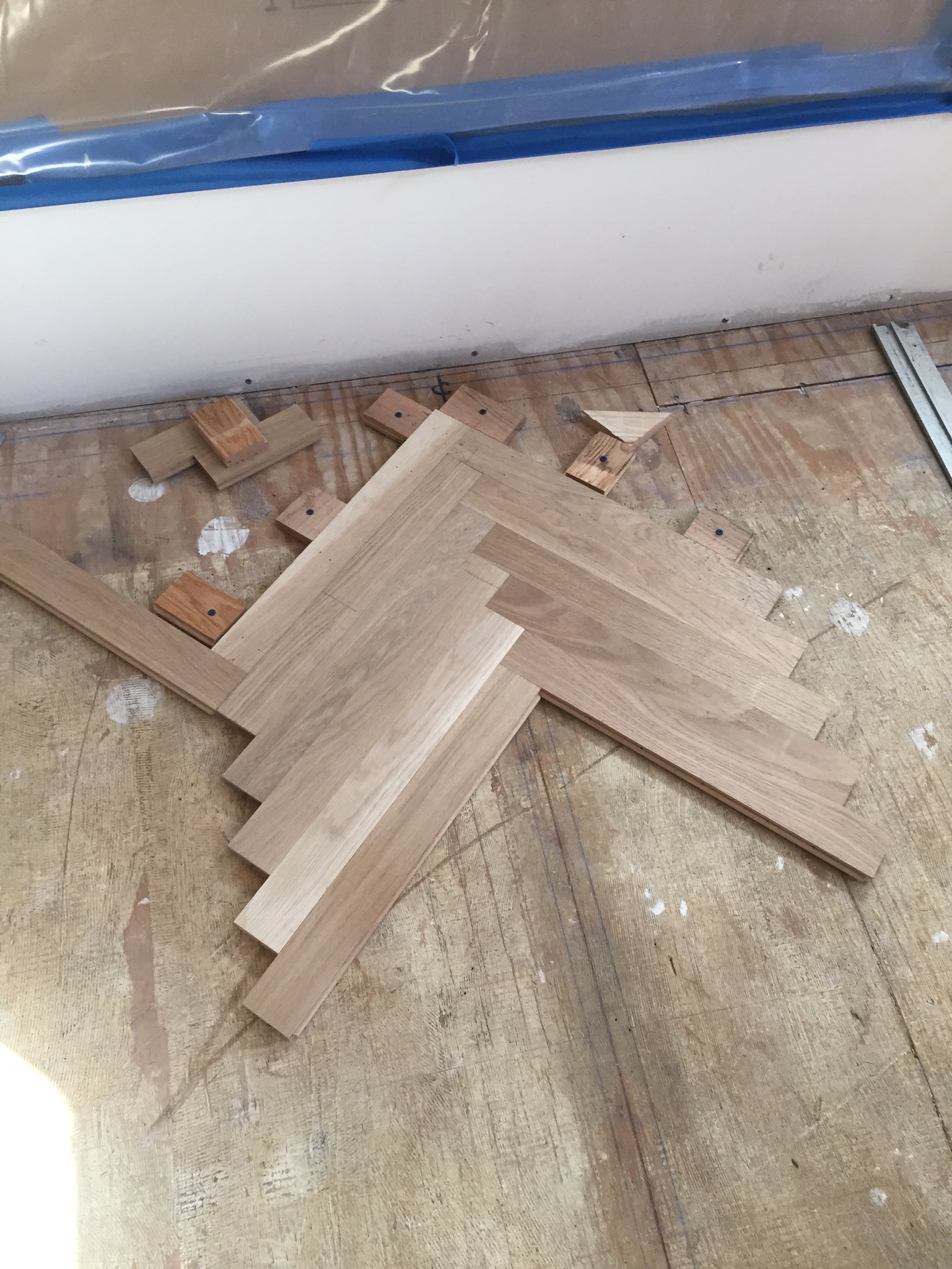What Causes New Hardwoodwood Floors to Squeak?
In new homes, squeaking hardwood floors can become a frustrating situation with every participant in the construction process blaming another person. However, the one core cause of a squeaking floor is movement. It’s pretty rare for a wood floor to squeak on its own. In order for the floor to squeak, it requires some room to move and a place to move to. This is usually the act of being stepped on but it is Movement that is the cause of squeaks. But that still leaves the million-dollar question: what’s allowing the floor to move? Movement can be caused by a number of factors, but the most common are seasonal movement, subfloor level, joist spacing, or losses of the tongue or groove.
Seasonal Movement
In truth, there is really just one environmental factor that will seriously affect the movement of your floors—moisture. This one factor can override all of the other factors and is so important that there have been entire posts and blogs written on maintaining healthy levels of relative humidity (RH) in your home. The key is to keep the moisture content in the wood consistent year-round. There are many methods to help achieve a consistent moisture level, some more practical than others.most homes have central air and inside humidity is not a major issue. However, if you think your home is susceptible to humidity change, the most effective method is to have a humidifier installed on your furnace unit. A humidifier will introduce moisture to the forced air system. The furnace will then distribute the moistened air throughout your home. Other ways to introduce moisture include: running a portable humidifier, hanging damp clothes around the house to dry, and boiling water on the stove.
Subfloor level
An out of level subfloor has many causes. The issue it creates is the presence of voids.
To completely avoid squeaks, you must eliminate movement in the wood floor. If there is a void below the wood floor, of any size, you allow the possibility of movement, which can create a squeak. Eliminate voids and you’ll eliminate movement and squeaks.

Where are the voids in your subfloor?
- Residue on the subfloor. Construction residue on the subfloor (drywall mud, adhesive, unseated fasteners, etc.). Install the flooring over this residue and part of your floor will be suspended.
- High or low areas in the subfloor seams. (Good wood flooring installers will sand the seams of plywood flat). If the subfloor isn’t perfectly flat, parts of the flooring are suspended in the air.
- Joists out of level.
- Settling in the home.
- Heaving beams.
Tongue and Groove
Manufacturers mill the tongue and groove of flooring to fit flooring together and allow for blind nailing of flooring and to ease installation. Manufacturers design the tongue and groove to fit together somewhat snug but allow for enough room to be fit together by hand. This is tested constantly while the flooring is being manufactured. The important factor to consider here is that as soon as the moisture content of the flooring changes, the fit of the tongue and groove will change. As discussed above, moisture is the biggest factor in any changes in your wood flooring. If the flooring becomes drier, the tongue and groove will be looser. Adversely, If the flooring grows in moisture content, the fit becomes snugger. Unfortunately, The manufacturer cannot guarantee the fit of the tongue and groove in every installation environment due to different seasonal changes.

Regardless of the reason, no one wants their wood floors to squeak. It is a constant audible reminder that something isn’t quite right under your feet. But once you have determined the main cause of your floorboard movement. However, all is not lost and there are steps you can take to combat the squeaks. Some inspectors swear by WD-40 as a solution. In these cases, the movement is causing friction between the flooring boards. When this is the case, lubricating the friction points will eliminate the sound. Or if your floor is having trouble being suspended there are hollow spot fillers that seem to be quite effective as well.
Recent Hardwood Flooring Projects in Philadelphia & NJ




0 Comments